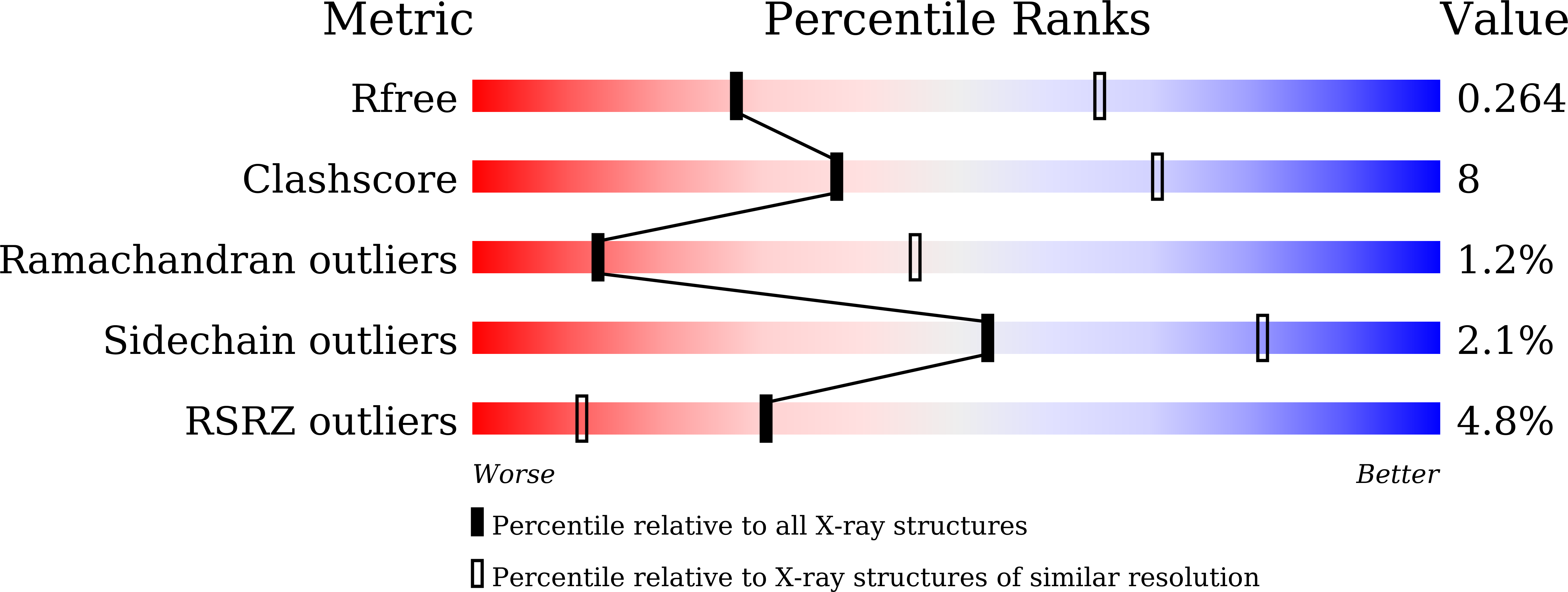
Deposition Date
2021-03-09
Release Date
2021-04-21
Last Version Date
2023-11-29
Entry Detail
PDB ID:
7EB6
Keywords:
Title:
Crystal structure of GTP-binding protein-like domain of AGAP1
Biological Source:
Source Organism:
Homo sapiens (Taxon ID: 9606)
Host Organism:
Method Details:
Experimental Method:
Resolution:
3.01 Å
R-Value Free:
0.26
R-Value Work:
0.23
R-Value Observed:
0.23
Space Group:
I 4


